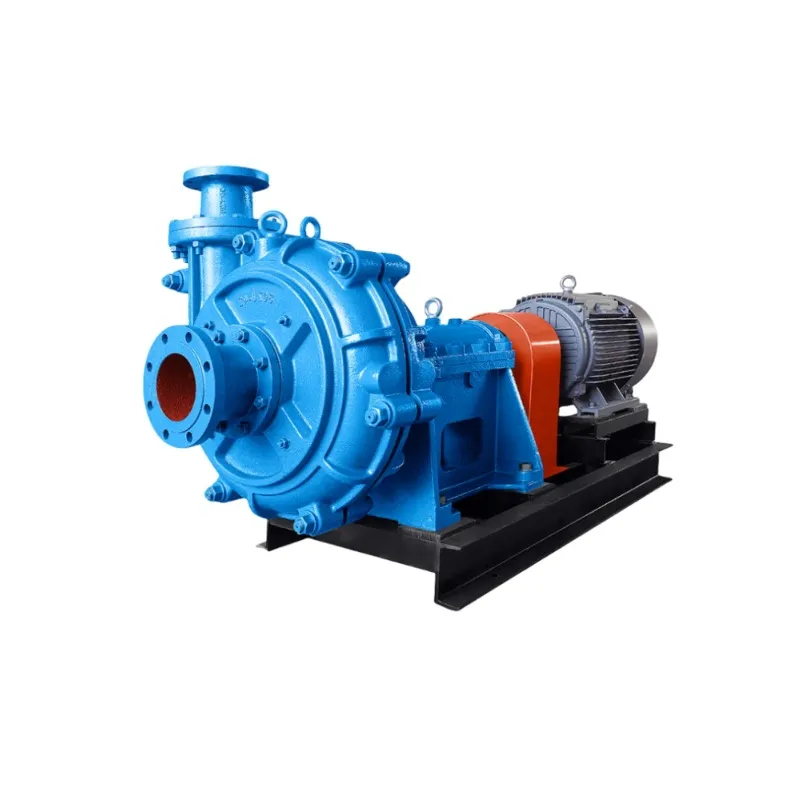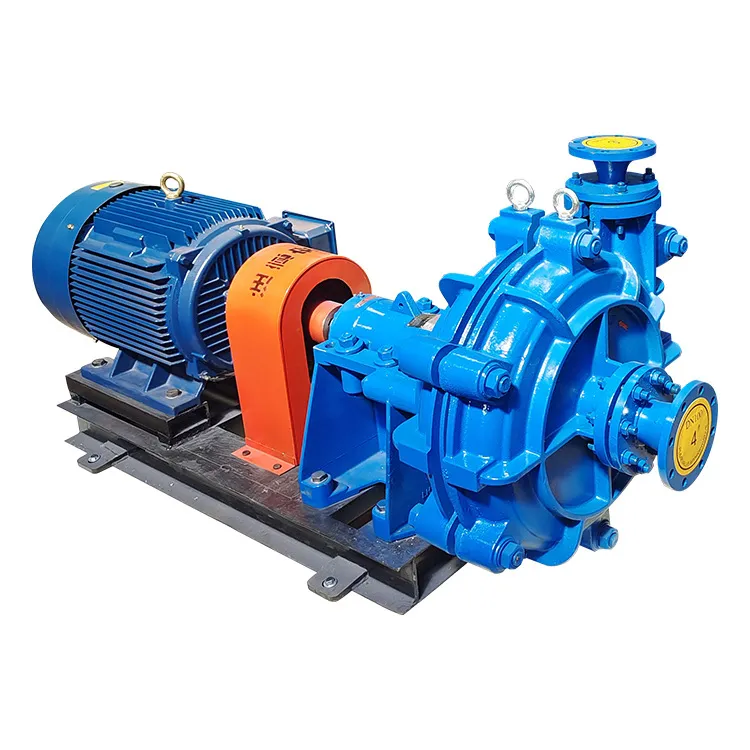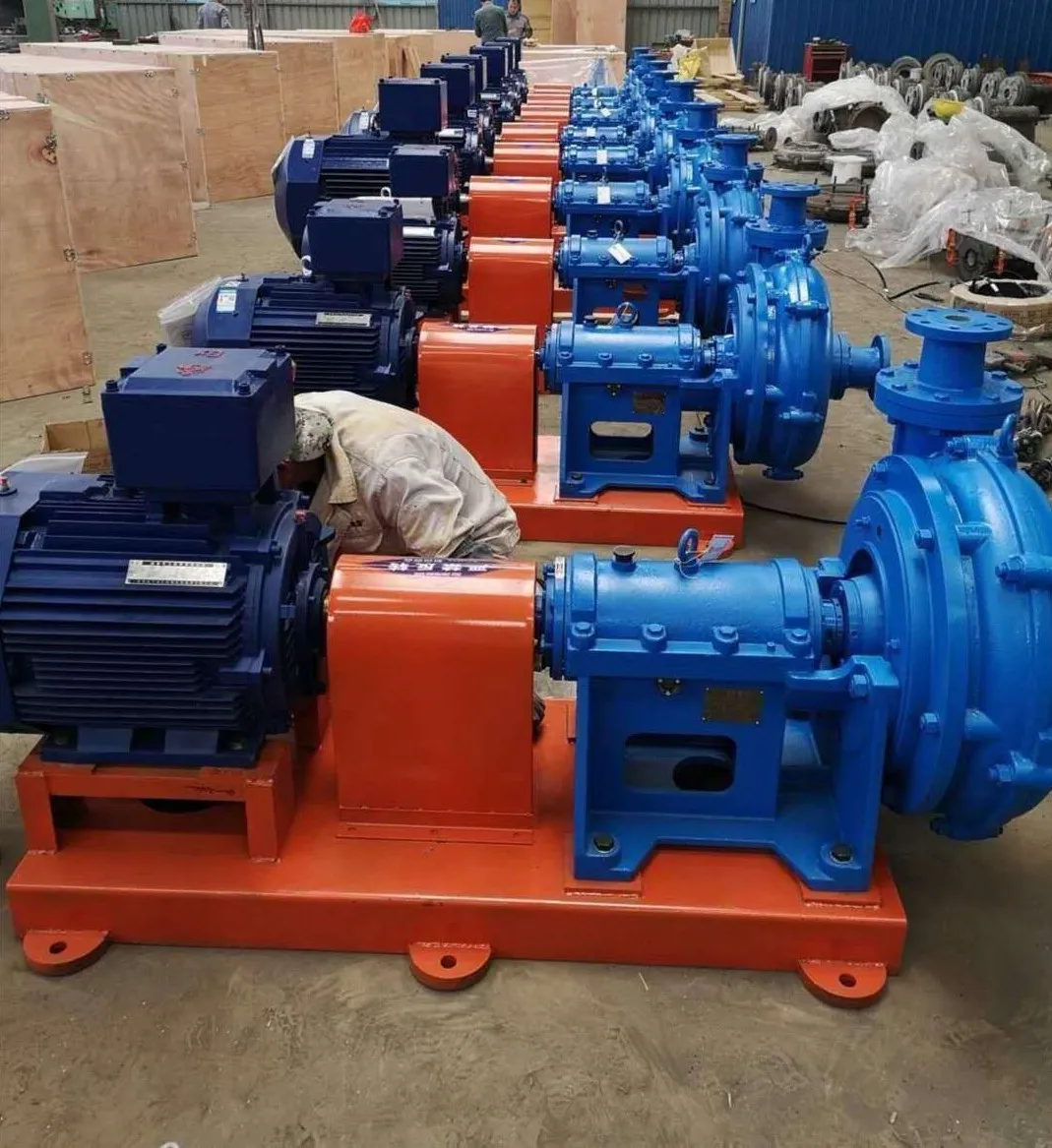French
- Afrikaans
- Albanian
- Amharic
- Arabic
- Armenian
- Azerbaijani
- Basque
- Belarusian
- Bengali
- Bosnian
- Bulgarian
- Catalan
- Cebuano
- Corsican
- Croatian
- Czech
- Danish
- Dutch
- English
- Esperanto
- Estonian
- Finnish
- French
- Frisian
- Galician
- Georgian
- German
- Greek
- Gujarati
- Haitian Creole
- hausa
- hawaiian
- Hebrew
- Hindi
- Miao
- Hungarian
- Icelandic
- igbo
- Indonesian
- irish
- Italian
- Japanese
- Javanese
- Kannada
- kazakh
- Khmer
- Rwandese
- Korean
- Kurdish
- Kyrgyz
- Lao
- Latin
- Latvian
- Lithuanian
- Luxembourgish
- Macedonian
- Malgashi
- Malay
- Malayalam
- Maltese
- Maori
- Marathi
- Mongolian
- Myanmar
- Nepali
- Norwegian
- Norwegian
- Occitan
- Pashto
- Persian
- Polish
- Portuguese
- Punjabi
- Romanian
- Russian
- Samoan
- Scottish Gaelic
- Serbian
- Sesotho
- Shona
- Sindhi
- Sinhala
- Slovak
- Slovenian
- Somali
- Spanish
- Sundanese
- Swahili
- Swedish
- Tagalog
- Tajik
- Tamil
- Tatar
- Telugu
- Thai
- Turkish
- Turkmen
- Ukrainian
- Urdu
- Uighur
- Uzbek
- Vietnamese
- Welsh
- Bantu
- Yiddish
- Yoruba
- Zulu
Telephone: +86 13120555503
Email: frank@cypump.com
Août . 13, 2025 03:00 Back to list
Heavy-Duty Wear-Resistant Mining Slurry Pumps for Industrial Use
Understanding the Critical Role of Slurry Pumps in Industrial Applications
In diverse heavy-duty industrial sectors, the efficient and reliable transport of abrasive and corrosive slurries is paramount to operational success. Industries such as mining, mineral processing, power generation, chemical processing, and wastewater treatment frequently encounter challenging fluids composed of solid particles suspended in a liquid medium. These slurries, often dense and highly abrasive, demand specialized pumping solutions capable of withstanding extreme wear and tear while maintaining optimal performance and energy efficiency. Traditional pumps often fall short in these demanding environments, leading to frequent breakdowns, high maintenance costs, and significant operational downtime. This necessitates the adoption of purpose-built equipment designed for longevity and resilience.
The continuous innovation in pump technology focuses on extending service life, reducing energy consumption, and enhancing overall reliability in the most arduous conditions. Key considerations include the material science behind wear-resistant components, advanced hydraulic designs to minimize turbulence and abrasion, and robust mechanical structures capable of handling high pressures and variable flow rates. For these critical applications, a Large Industrial Sludge Slurry Pump Mining Wear-resistant emerges as a vital piece of machinery. Such pumps are engineered to not only move vast quantities of abrasive slurry but also to do so with exceptional durability, ensuring uninterrupted production cycles and a lower total cost of ownership over their operational lifespan. Their design directly addresses the challenges of erosion, corrosion, and impact, which are inherent to slurry handling.
The Advanced Manufacturing Process of High-Performance Slurry Pumps
The creation of a robust and reliable Large Industrial Sludge Slurry Pump Mining Wear-resistant involves a sophisticated multi-stage manufacturing process, meticulously adhering to stringent international standards such as ISO 9001 for quality management and ANSI/HI for pump hydraulic performance. This comprehensive process begins with in-depth research and development, where engineers utilize advanced Computational Fluid Dynamics (CFD) and Finite Element Analysis (FEA) to optimize hydraulic designs, ensuring maximum efficiency and minimal wear. Material selection is paramount; components exposed to the slurry are typically crafted from high-chromium cast iron alloys (e.g., A05, A49), natural rubber, or synthetic elastomers, chosen for their superior abrasion and corrosion resistance properties specific to the intended application.
The core components, such as impellers, volutes, and liners, undergo precision casting or forging processes. Casting involves pouring molten high-chromium iron into molds, followed by controlled cooling and heat treatment to achieve optimal hardness and metallurgical structure. Forging may be used for specific high-stress components to enhance mechanical strength. Subsequent stages include advanced CNC machining to achieve exact tolerances and smooth surface finishes, which are critical for hydraulic efficiency and wear reduction. Every component then undergoes rigorous inspection, including spectroscopic analysis for material composition, ultrasonic testing for internal defects, and precise dimensional verification. This meticulous approach ensures that each part meets design specifications and contributes to the pump's exceptional durability and extended service life, often exceeding 50,000 operational hours in typical mining applications, significantly outperforming standard pumps.

Assembly is performed in a clean, controlled environment, with each bearing, shaft, and sealing component carefully fitted. The pumps then proceed to comprehensive performance testing on state-of-the-art test benches, where parameters such as flow rate, head, power consumption, and Net Positive Suction Head (NPSH) are precisely measured and validated against design specifications. These tests often simulate real-world conditions, including varying slurry concentrations. Finally, components may receive specialized surface treatments, such as ceramic coatings or rubber lining, to further enhance their resistance to specific corrosive or abrasive media, thereby optimizing the pump for industries like petrochemical processing, where chemical resistance is paramount, or large-scale metallurgical operations. The commitment to these rigorous manufacturing and testing protocols ensures superior energy efficiency, often demonstrating a 5-10% improvement over competitor models in similar applications due to optimized hydraulic design.
Key Technical Specifications and Performance Metrics
The performance of a Large Industrial Sludge Slurry Pump Mining Wear-resistant is defined by a comprehensive set of technical specifications designed to meet the rigorous demands of heavy industry. Understanding these parameters is crucial for optimal selection and operation. For instance, pump size (discharge diameter) typically ranges from 25mm up to 1200mm, accommodating a vast array of flow requirements. Flow rates can vary from as little as 3 liters per second (L/s) to over 15,000 L/s, with head capacities reaching up to 100 meters per stage. These impressive metrics allow for efficient transport of large volumes of high-density slurries over significant distances or elevations.
Maximum solid handling capability is another critical aspect, with some models able to process particles up to 150mm in diameter, depending on the impeller design. The slurry concentration, often measured as specific gravity (SG), can range significantly, with pumps handling slurries up to 1.8 SG or higher for very dense materials. Wear life is extended through the use of replaceable wear parts made from advanced materials like high-chrome alloy (hardness typically 60-65 HRC) or specialized elastomers, reducing the frequency of maintenance. Power consumption is optimized through high-efficiency motor integration and hydraulic design, leading to substantial energy savings over the pump's operational life. Below is a general table outlining typical parameters, though specific models will have varying capabilities.
Typical Technical Parameters for Industrial Slurry Pumps
Applications and Proven Advantages in Challenging Environments
The robust design and wear-resistant capabilities of a Large Industrial Sludge Slurry Pump Mining Wear-resistant make it indispensable across a spectrum of demanding industrial applications. In the mining sector, these pumps are critical for transporting ore slurries, tailings, and process water from extraction sites to processing plants, often over long distances and varying terrains. They are used in gold, copper, iron, and coal mines for dewatering, mineral concentration, and waste disposal. For instance, in an iron ore beneficiation plant, a single pump might handle hundreds of cubic meters of iron concentrate slurry per hour, continuously, for months without requiring major service. This reliability translates directly into reduced operational expenditure and increased productivity, vital for competitive mining operations.

Beyond mining, these pumps find extensive use in power generation plants for ash handling and flue gas desulfurization (FGD) systems, where abrasive ash slurries and corrosive limestone slurries are transported. In the metallurgical industry, they are essential for moving various metal refining residues and chemical by-products. The construction industry employs them for dredging, sand and gravel extraction, and concrete pumping. Their inherent design advantages, such as thick-sectioned wear parts and robust bearing assemblies, significantly extend pump life in these severe conditions. The ability to manage high concentrations of solids without frequent clogging or excessive wear ensures continuous operations, preventing costly bottlenecks.
A key advantage is their energy efficiency, often achieved through optimized hydraulic design and high-efficiency motors. This leads to substantial savings on electricity consumption, especially in continuous operation scenarios. Furthermore, their modular design allows for easy replacement of wear components, drastically reducing maintenance downtime. For example, a leading South American copper mine reported a 25% reduction in annual pump maintenance costs after switching to a highly wear-resistant slurry pump model, coupled with a 7% reduction in energy consumption due to improved hydraulic efficiency. This demonstrates not just operational resilience but also significant economic benefits derived from advanced pump technology.
Choosing the Right Partner: Manufacturer Comparison and Custom Solutions
Selecting the ideal manufacturer for a Large Industrial Sludge Slurry Pump Mining Wear-resistant is a critical decision that impacts long-term operational efficiency, reliability, and cost-effectiveness. Reputable manufacturers distinguish themselves through a combination of engineering expertise, material science innovation, comprehensive testing protocols, and robust after-sales support. While many suppliers offer slurry pumps, their capabilities in handling highly abrasive, corrosive, or high-density slurries can vary significantly. Key differentiators include the quality of castings and metallurgy, precision of machining, range of available wear materials (e.g., specific high-chrome alloys, natural rubber, synthetic polymers), and the depth of hydraulic design optimization.
A leading manufacturer will possess extensive R&D facilities, allowing for continuous product improvement and the development of pumps tailored to specific application challenges. They will also demonstrate a proven track record, often spanning decades, of successful installations in global mining, power, and industrial projects. Consider a comparison between a standard pump manufacturer and a specialist:
Slurry Pump Manufacturer Comparison

Leading manufacturers often provide comprehensive customized solutions, understanding that each industrial application presents unique challenges. This bespoke approach includes detailed hydraulic analysis based on the specific slurry characteristics (particle size distribution, density, corrosivity), optimal material selection, and custom mechanical designs for specific installation requirements. Such tailored solutions ensure maximum operational efficiency, minimize wear, and significantly extend the pump’s lifecycle, providing substantial long-term value. Choosing a manufacturer with deep industry experience and a commitment to R&D ensures access to cutting-edge technology and reliable, long-lasting pumping solutions for even the most demanding environments.
Ensuring Trust: Support, Warranty, and FAQ for Slurry Pumps
For B2B purchasers of high-value industrial equipment like a Large Industrial Sludge Slurry Pump Mining Wear-resistant, trust is built not only on product performance but also on the reliability of supplier support. A truly authoritative and trustworthy manufacturer provides comprehensive pre-sales consultation, guiding clients through selection, sizing, and material configuration. During operation, responsive technical support and readily available spare parts are paramount to minimize downtime. Many manufacturers offer global service networks, ensuring that expert assistance, whether for routine maintenance or unexpected issues, is always within reach, often with a commitment to dispatch engineers within 48-72 hours for critical emergencies.
The typical delivery cycle for these specialized pumps can vary based on customization level and component availability, ranging from 4 to 12 weeks. Reputable suppliers will provide clear lead times and communicate any potential delays transparently. Standard warranties often cover manufacturing defects for 12 to 18 months from installation or 24 months from shipment, whichever comes first. However, specific wear part warranties may vary based on material and application conditions. Extended service contracts and comprehensive training programs for client personnel are also commonly available, further cementing the partnership and ensuring optimal pump operation throughout its lifecycle.
Frequently Asked Questions (FAQ)
Q1: How do I select the correct slurry pump for my specific application?
A1: Selection depends on several factors, including slurry characteristics (density, viscosity, particle size, corrosivity), required flow rate and head, available power, and site-specific conditions. It's highly recommended to consult with our engineering team, providing detailed application data for a precise sizing and material recommendation, ensuring optimal performance and longevity.
Q2: What is the typical lifespan of wear parts in a heavy-duty slurry pump?
A2: The lifespan of wear parts varies significantly based on slurry abrasiveness, corrosivity, operational hours, and selected material. In severe mining applications, high-chrome alloy parts might last 6-12 months, while rubber parts could last longer in fine, abrasive slurries. Our specialized materials are engineered for maximum wear life, often extending service intervals by 50% compared to generic options.
Q3: Can these pumps handle highly corrosive slurries?
A3: Yes, our Large Industrial Sludge Slurry Pump Mining Wear-resistant can be configured with specific corrosion-resistant materials, such as various natural and synthetic rubbers, certain stainless steel alloys, or ceramic-lined components. We assess the chemical composition of your slurry to recommend the most suitable and cost-effective material combination for optimal corrosion resistance.
Q4: What kind of after-sales support do you provide?
A4: We offer comprehensive after-sales support including technical troubleshooting, spare parts supply, field service, on-site installation supervision, and operator training programs. Our global network ensures prompt response and expert assistance to maintain your pump's peak performance and minimize downtime.
Conclusion: The Future of Industrial Slurry Pumping
The demand for highly efficient, durable, and reliable Large Industrial Sludge Slurry Pump Mining Wear-resistant solutions is continuously growing as industries push the boundaries of operational intensity and seek greater sustainability. The future of industrial slurry pumping lies in ongoing innovation in material science, hydraulic design, and intelligent monitoring systems. Advanced wear materials, smart sensors for predictive maintenance, and further energy optimization through variable speed drives are key areas of development. Investment in a high-quality, engineered slurry pump from a reputable manufacturer is not merely a purchase but a strategic decision to enhance productivity, reduce operational costs, and ensure environmental compliance in the long run.
By understanding the intricate manufacturing processes, technical parameters, and the critical importance of selecting a partner with deep industry expertise and robust after-sales support, decision-makers in B2B sectors can make informed choices that yield significant returns on investment. The continuous evolution of these pumps ensures that even the most aggressive slurries can be handled with unprecedented efficiency and minimal ecological footprint, driving the industrial landscape towards greater operational excellence.
References
- Smith, J. A., & Brown, P. R. (2022). "Advances in Wear-Resistant Materials for Slurry Pump Applications: A Review." Journal of Industrial Tribology, 45(3), 210-225.
- Davis, L. M., & Green, K. O. (2021). "Energy Efficiency Optimization in High-Density Slurry Transport Systems." International Journal of Fluid Dynamics and Transport, 18(1), 55-70.
- Miller, S. P., & Johnson, A. B. (2023). "Predictive Maintenance Strategies for Industrial Pumps in Harsh Environments." Proceedings of the Global Congress on Maintenance Engineering, 2023, 112-125.
-
ISG Series Vertical Pipeline Pump-Chi Yuan Pumps|Industrial Fluid Handling,High Efficiency
NewsAug.13,2025
-
ISG Series Vertical Pipeline Pump - Chi Yuan Pumps | High Efficiency, Low Noise
NewsAug.13,2025
-
Heavy-Duty Wear-Resistant Mining Slurry Pumps for Industrial Use
NewsAug.13,2025
-
ISG Series Pipeline Pump - Chi Yuan Pumps | High Efficiency, Energy Conservation
NewsAug.13,2025
-
ISG Series Vertical Pipeline Pump - Chi Yuan Pumps Co., LTD. | High Efficiency, Energy Conservation
NewsAug.12,2025
-
ISG Series Pipeline Pump - Chi Yuan Pumps | High Efficiency, Low Noise
NewsAug.12,2025







